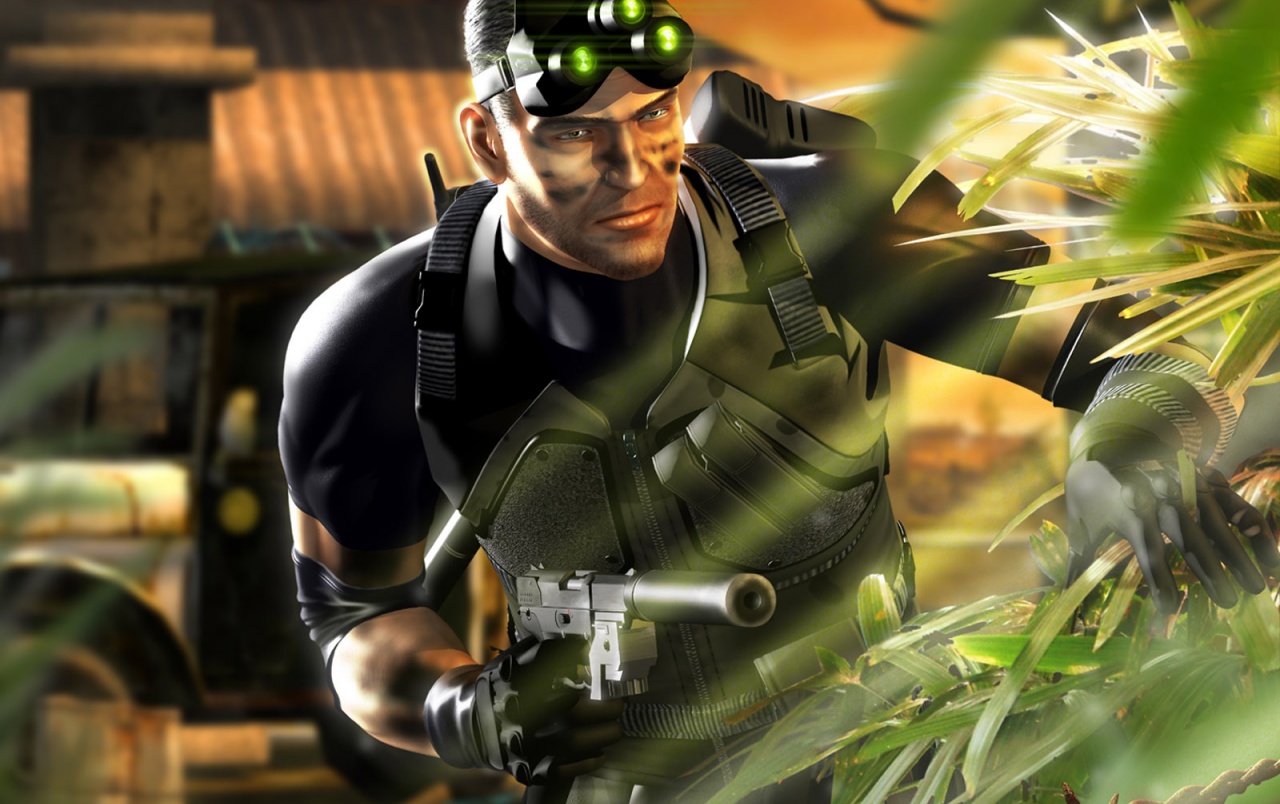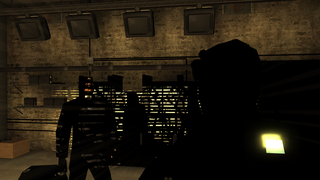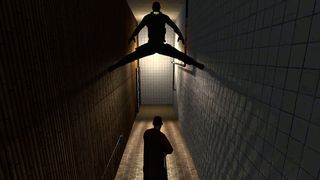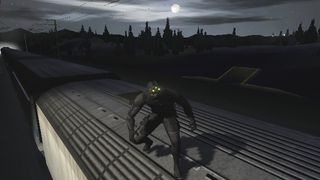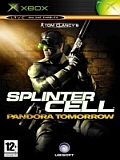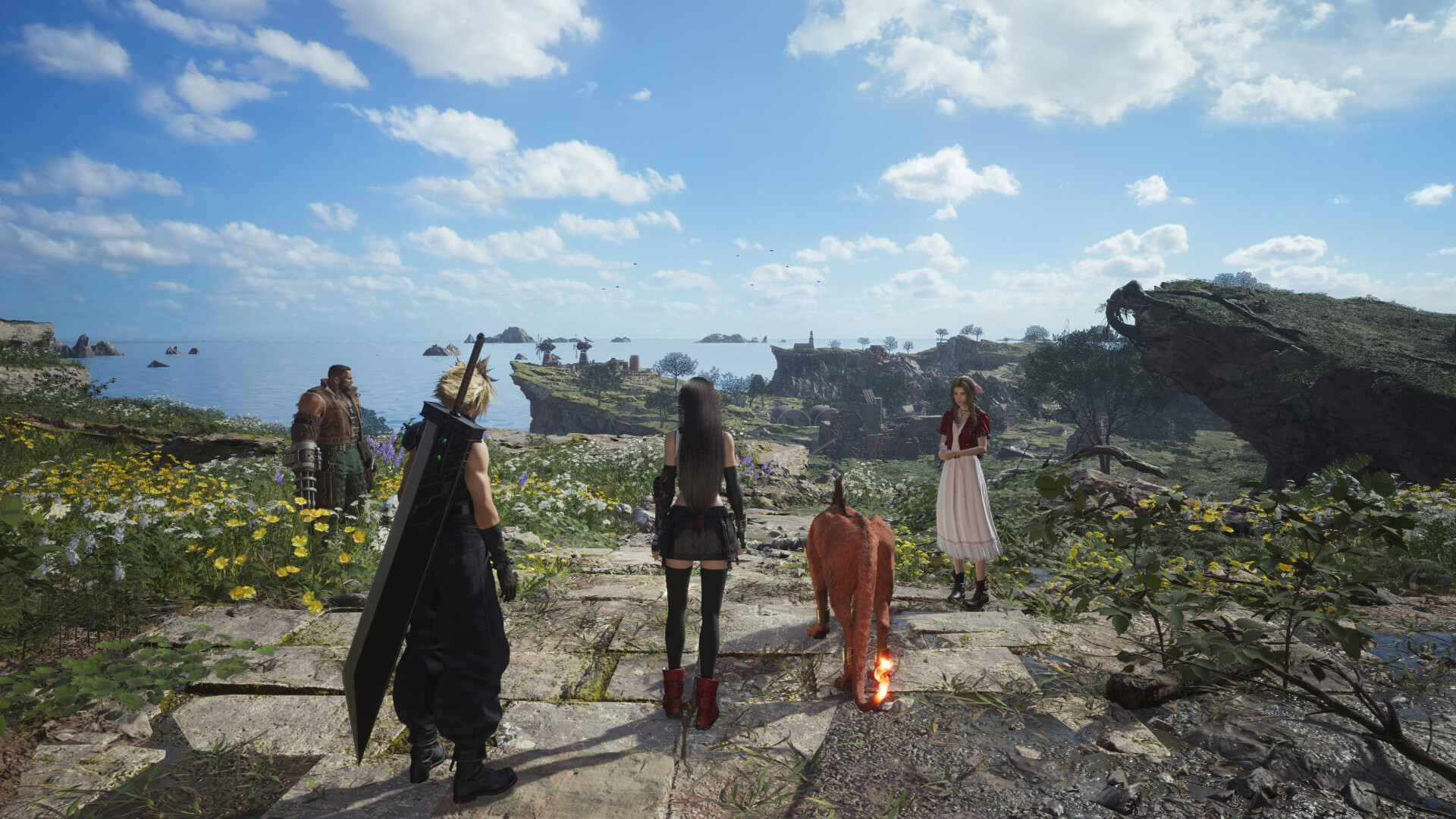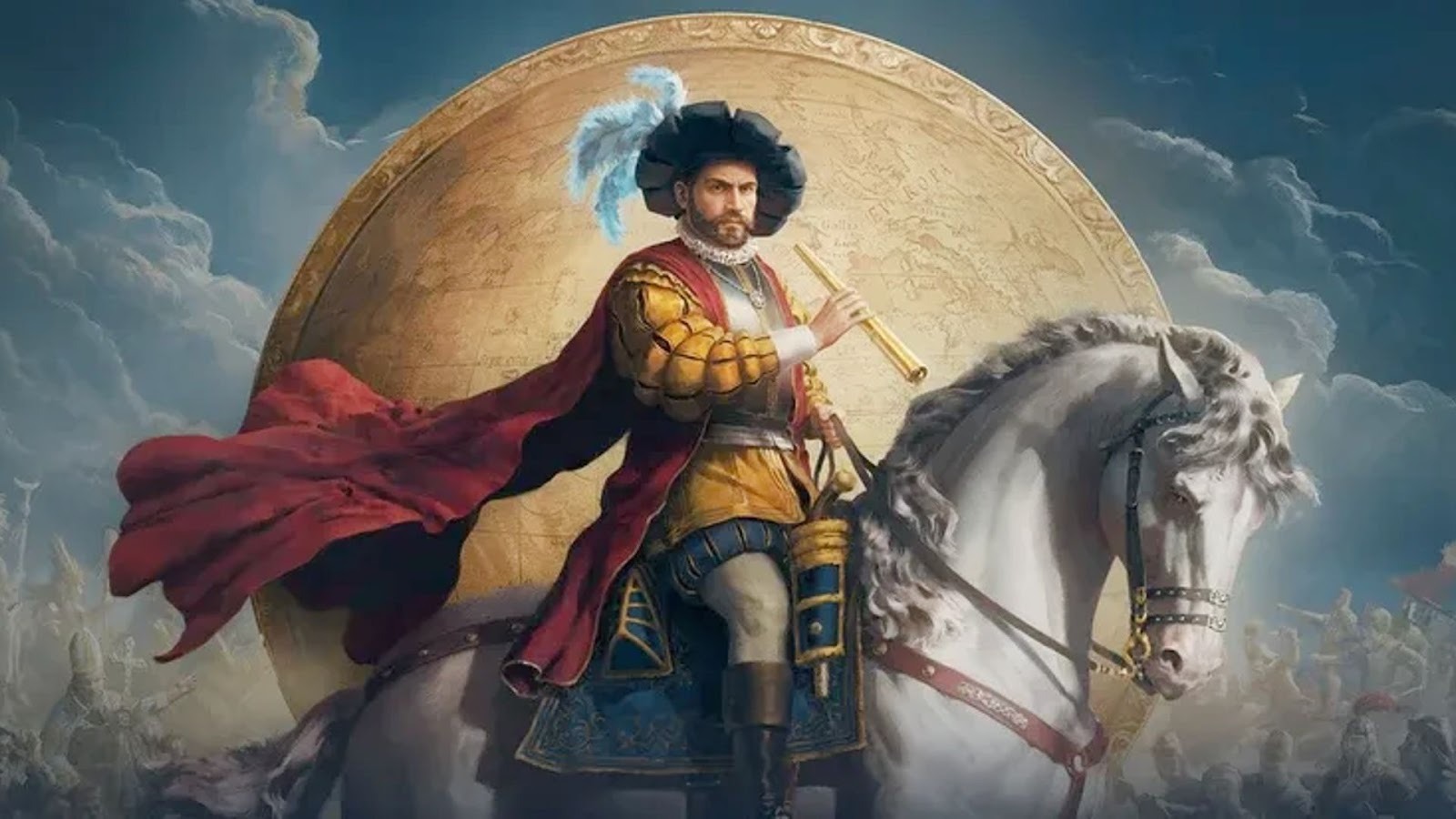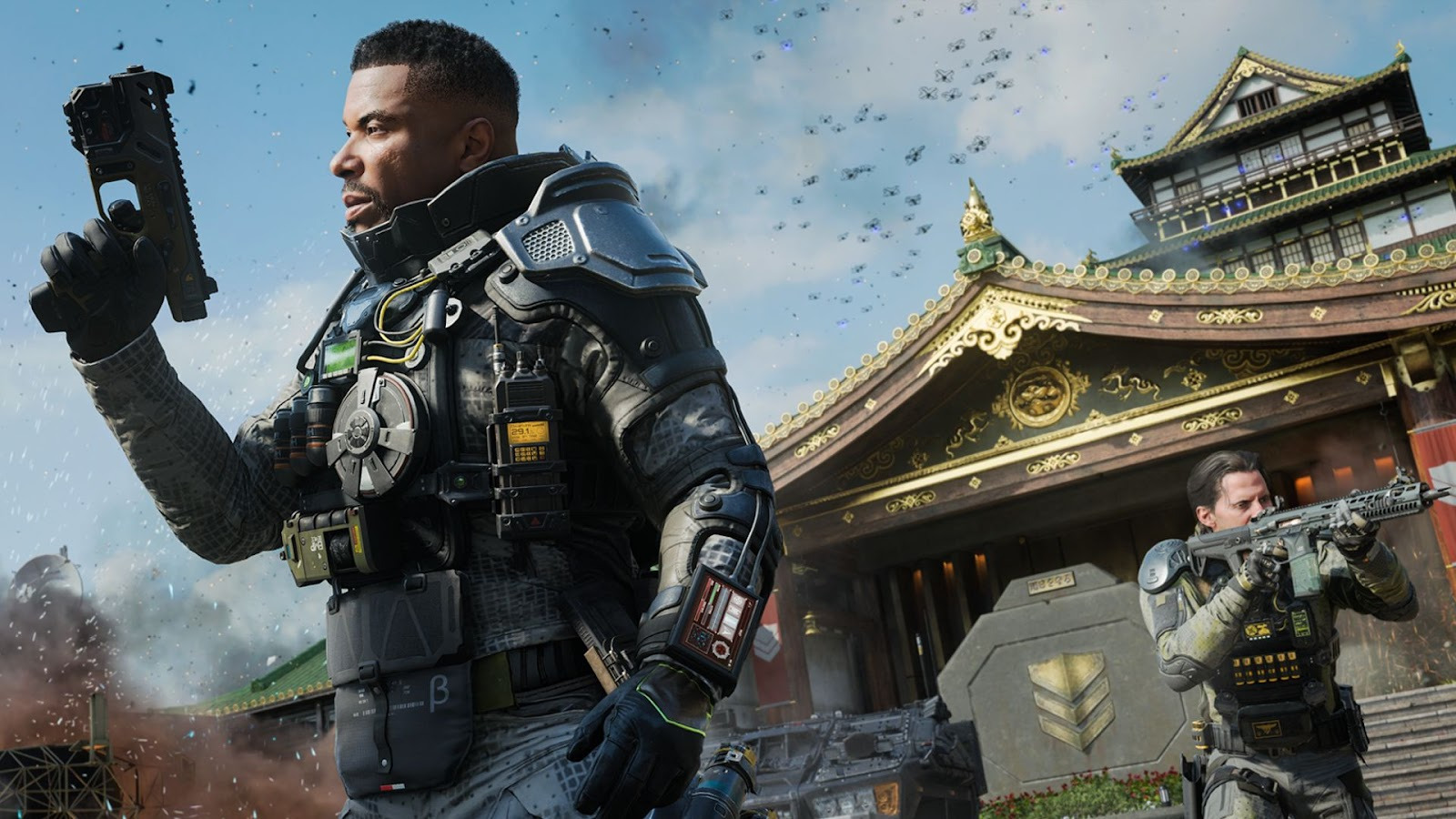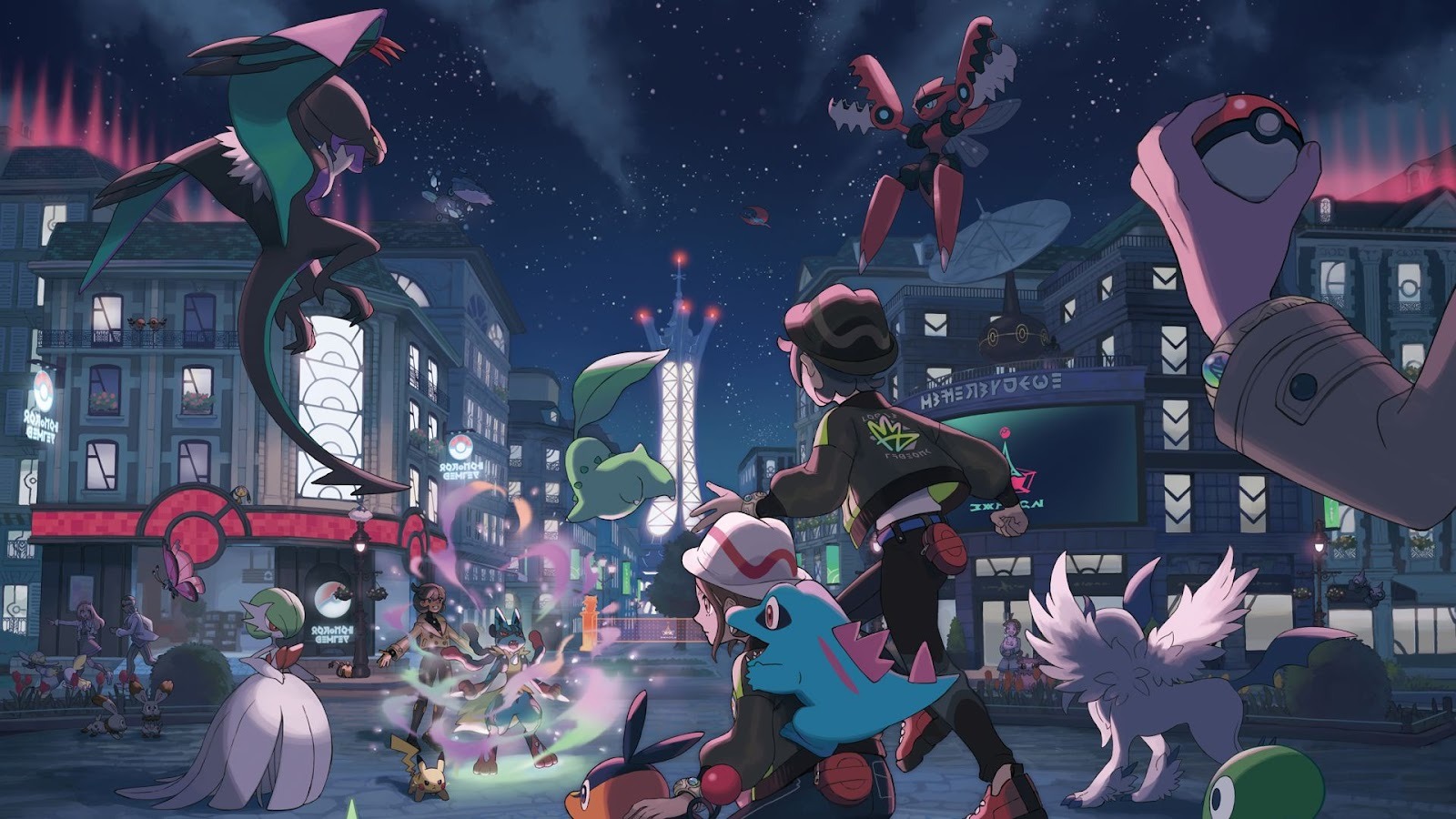You can trust VideoGamer. Our team of gaming experts spend hours testing and reviewing the latest games, to ensure you're reading the most comprehensive guide possible. Rest assured, all imagery and advice is unique and original. Check out how we test and review games here
Tom Clancy had a knack for welding words into meaningless combinations that made perfect sense. ‘Red October,’ for instance, sounds vast and dangerous, with a stately weight to it, and the hint of Russian wrath. No surprise, then, that it refers to a nuclear-powered Soviet submarine. Lots of Clancy’s books use these cryptic couplets – ‘Rainbow Six,’ ‘Patriot Games,’ ‘Threat Vector.’ They give nothing away, like good spies, but you can glean everything you need from them. Clancy himself didn’t create Splinter Cell – despite his name appearing above the title – but it does his legacy proud.
Whatever a splinter cell is, it perfectly describes series protagonist Sam Fisher: a sharp fragment of something bigger, buried in the skin of a foreign country and causing acute pain. Fisher is a special operations field agent, a member of an NSA sub-branch called Third Echelon, and the owner of a set of night-vision goggles that, despite their green three-prong glow, conveniently don’t betray his position when he’s veiled in darkness. The second game in Ubisoft’s series is called Pandora Tomorrow (another Clancy-esque phrase, weighted with the promise of postponed armageddon). It’s 15 years old today, and it remains the finest Splinter Cell in my eyes.
The plot centres on East Timor, a freshly independent country, in which the US has established a military presence and is training East Timorese armed forces to fight the anti-separatist Indonesian guerrillas. The most fiercely devout of which is the Darah Dan Doa, which means ‘Blood and Prayer,’ and which also means a wealth of trouble. The leader of this group is Sadono, who wears a beret and has a cigar sticking out of his scowl, like a cruel shade of Che Guevara. Here’s the kicker: he was trained by the CIA to snuff out communism in the region, and thus the game begins ankle deep in irony, and the dirty fingerprints of US foreign policy.
Set against Sadono, of course, is Fisher, who himself seems a more furrowed shadow of Clancy’s most famous hero, Jack Ryan. In Clear and Present Danger, Henry Czerny’s slimy villain mocks Ryan, saying, ‘You are such a Boy Scout!’ That jibe could never be fired at Fisher, whose salty hair and sardonic temperament betray a battering by the years. His alkaline cynicism is a comfort in the field, neutralising the acidic texture of the places he’s dropped into. He’s voiced – or rather, growled – by Michael Ironside, and his mood is best described as a classified calm: born of the knowledge that his successes are secret and his existence, should he fail, will be wiped clean and denied.
Is there anyone more suited to compliment Fisher than Dennis Haysbert? It was he, afterall, who brought a calming, stately presence to 24, balancing the hotfooted frenzy of its hero, Jack Bauer. In Pandora Tomorrow, it’s Haysbert you hear, with a voice like cool stone, in Sam’s ear. He takes over from Don Jordan (for this game and no others) as the voice of Irving Lambert, Fisher’s handler, and their exchanges drip with dark and dry humour. During one mission, Fisher kills a security guard; ‘He didn’t need to die,’ Lambert says. Back comes the reply, ‘Fine. I won’t kill him next time.’ Moments like these breathe levity into the more brackish details of Fisher’s trade.
And what a trade it is! Our fascination with the delicious and dishonest arts – the assassins, the spies, the gangsters – is tinged with guilt and powered by wonder. The levels in Pandora Tomorrow set Fisher’s world jostling against our own, giving us glimpses into the darkness around us. Ubisoft Shanghai, who had a subsidiary role in developing the first Splinter Cell, was solely in charge of the sequel, and the studio’s level design – illumined by new lighting technology – favoured settings grounded in the familiar.
Gone is the clutch of embassies, oil rigs, presidential palaces, and grey CIA buildings of the first game. In their place are conduits to the civilian world: the LAX airport terminal; the streets of Jerusalem, couched in evening gloom; and, the best of them all, a night train to Nice, from Paris. I don’t know what it is about trains, but there’s something in their frictionless sweep that pulls in young lovers (Before Sunrise), thieves (Red Dead Redemption 2), and murderers (Strangers on a Train).
Pandora Tomorrow’s Paris-Nice mission has Fisher trailing a rogue ex-CIA operative with links to the Darah Dan Doa and a grudge against the US. His schemes involve a frozen case of smallpox – a chilling 21st century update on Pandora’s box. The level doesn’t just take place on board; it has Fisher shimmying between pistons along the train’s underbelly and inching across its roof. He’s never been more in his element: clinging, with his gloved hands, to the seams between order and chaos.
That crumbling brink has possessed much of Clancy’s work, and his heroes often find themselves policing its shadows. Even titles that aren’t his, but that bear his name, are steeped in the same anxiety. Think of the fierce green of Washington DC in The Division 2: America’s capital reduced to an overgrown carcass – by an outbreak of smallpox, no less – and drained of all symbolic significance. What’s that if not a reflection of the dangers, both clear and present, that Fisher fights to safeguard us against in Pandora Tomorrow?
You might wonder how one man can possibly hope to foil the machinations of an entire militia, and the answer is easy: gadgets. There is, in Pandora Tomorrow (as in most Clancy titles), a fetishistic regard for technology and weaponry. The game saw Sam’s optic cable fitted with night and thermal vision modes; it latched a laser sight to the top of his trusty FN Five-seveN pistol; and it saw the return of the SC-20K, a cross between an assault rifle and a Swiss Army Knife that comes loaded with optional extras, like sticky cameras and EMP rounds. These touches reveal the Republican vein in Clancy’s work; when Roosevelt said, ‘Speak softly and carry a big stick,’ he could have been describing Fisher’s strategy.
There remains, despite the militarised murk, a shining naïvety to Clancy’s work. In an interview with Charlie Rose, in 1997, he was asked what interested him about the American military landscape, particularly the Navy SEALs (of which Fisher was once a member) to which he replied, ‘They’ve still got the nicest toys, and they’re still instruments of national policy. When the president picks up the phone and says, “We have to do something today,” They’re the people have to go do it.’ It’s the word ‘toys’ that’s most telling. Clancy speaks with barely concealed, boyish glee. It’s no wonder his books brim with superior tech and training; they are the essential tools with which a Boy Scout, even one with gray hair, can save the world.
Splinter Cell: Pandora Tomorrow
- Platform(s): Gameboy Advance, GameCube, PC, PlayStation 2, Xbox
- Genre(s): Action, Stealth
